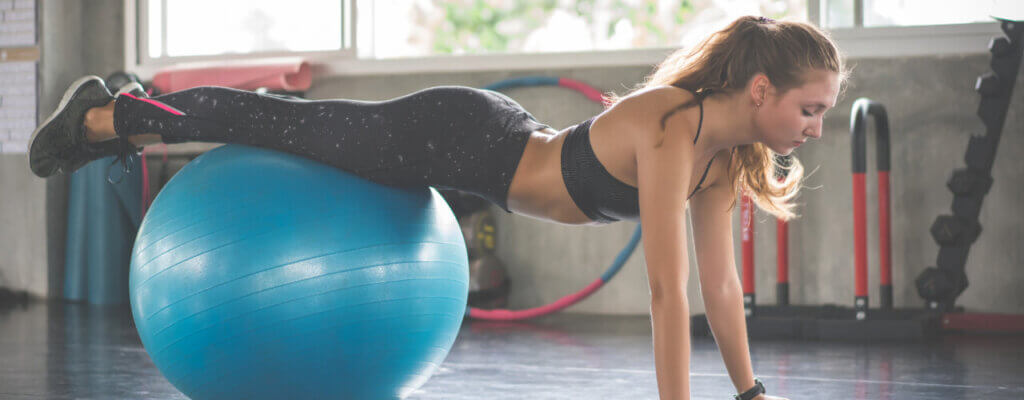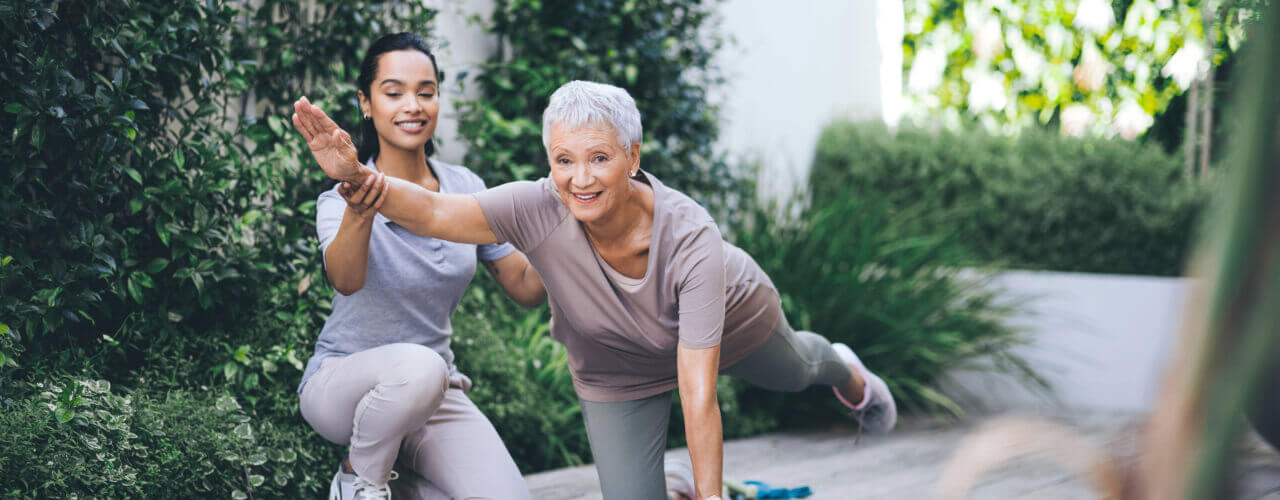Meet Liam (not his real name), an avid recreational basketball player whose love for the game knew no bounds. However, his passion was dampened by persistent balance and gait issues. During games, Liam struggled to maintain his footing, often stumbling or feeling unsteady on the court. To address these challenges, Liam sought sports-specific balance and gait training with our team at Lewy Physical Therapy to improve his stability and performance.
Understanding Sports-Specific Balance And Gait Disorders
Sports-specific balance and gait issues are unique to the demands of athletic activities. Balance and gait disorders encompass a range of conditions affecting stability and walking patterns.
Symptoms
Dizziness and Vertigo
- Athletes like Liam may experience bouts of dizziness or a sensation of spinning or tilting, particularly during dynamic movements or rapid changes in direction. Vertigo can significantly impair performance, leading to disorientation and an increased risk of falls.
Unsteadiness and Loss of Balance
- A feeling of instability or unsteadiness while standing, walking, or performing sports-specific movements can compromise an athlete’s ability to maintain proper form and control. This symptom often manifests as swaying, staggering, or feeling like the ground is shifting beneath one’s feet.
Altered Gait Patterns
- Balance and gait disorders can disrupt normal walking or running patterns, resulting in irregular steps, shuffling, or dragging of the feet. Athletes may notice changes in their stride length, speed, or coordination, impacting their overall agility and efficiency on the field or court.
Spatial Disorientation
- Difficulty judging distances, spatial relationships, or depth perception can hinder an athlete’s ability to navigate their surroundings accurately. This symptom may manifest as bumping into objects, misjudging distances during jumps or throws, or feeling disoriented in unfamiliar environments.
Increased Fatigue
- Constantly compensating for balance and gait issues can lead to heightened fatigue and reduced endurance during sports activities. Athletes may find themselves tiring more quickly or experiencing muscle fatigue due to the additional effort required to maintain stability and control.
Causes of Balance and Gait Issues
Neurological Conditions
- Disorders affecting the vestibular system, such as vestibular neuritis or benign paroxysmal positional vertigo (BPPV), can disrupt the brain’s ability to process sensory information related to balance and spatial orientation.
Musculoskeletal Issues
- Injuries or abnormalities in the muscles, joints, or bones can affect an athlete’s biomechanics and stability. Common examples include ankle sprains, muscle strains, ligament tears, or degenerative joint diseases like osteoarthritis, which can alter gait patterns and compromise balance.
Inner Ear Disorders
- Conditions affecting the inner ear, such as Meniere’s disease or labyrinthitis, can disrupt the body’s vestibular system, leading to vertigo, dizziness, and balance problems. These disorders often result from infections, inflammation, or fluid imbalances within the inner ear structures.
Age-Related Changes
- Natural aging processes can affect various systems involved in balance and gait, including declines in vision, proprioception, muscle strength, and reaction time. Older athletes may experience increased susceptibility to balance and gait disorders due to these age-related changes.
How Physical Therapy Can Help You with Sports-Specific Balance And Gait Training
When addressing balance and gait disorders, physical therapy offers a comprehensive approach to help restore function, enhance performance, and prevent future injuries.
What to Expect with Physical Therapy
Therapeutic Exercises
- Balance Training: Targeted exercises designed to improve proprioception, stability, and coordination are crucial for athletes like Liam. These may include single-leg stands, tandem stance exercises, or dynamic balance drills.
- Strength Training: Strengthening exercises focusing on the lower extremities, core muscles, and stabilizing muscles can help improve overall muscle function and support proper biomechanics during sports activities.
Gait Re-education
- Gait Analysis: Physical therapists assess walking or running patterns to identify abnormalities or inefficiencies in their gait mechanics. Based on the findings, targeted interventions help to correct imbalances and optimize gait efficiency.
- Technique Correction: Athletes receive personalized instruction on proper foot placement, stride length, arm swing, and posture to improve their gait mechanics and reduce the risk of injury during sports activities.
Balance Training Devices
- Balance Boards: Utilizing balance boards or stability discs can challenge an athlete’s proprioceptive system and improve dynamic stability. These devices simulate real-life balance demands of sports activities, enhancing neuromuscular control and coordination.
- Virtual Reality (VR) Training: Immersive virtual reality platforms offer interactive balance training experiences tailored to the specific needs of athletes. By engaging in virtual environments, individuals can practice balance exercises in a safe and controlled setting while receiving real-time feedback on their performance.
Functional Training
- Sport-Specific Drills: Incorporating sport-specific drills and exercises into the rehabilitation program allows athletes to practice functional movements and skills relevant to their sport. These drills help bridge the gap between rehabilitation and return to play, ensuring a seamless transition to athletic activities.
- Dynamic Movement Training: Dynamic movement training focuses on multi-planar movements, agility drills, and plyometric exercises to improve dynamic stability, agility, and power necessary for sports performance.
Education and Injury Prevention
- Biomechanical Analysis: Athletes receive education on proper body mechanics, footwear selection, and training techniques to minimize the risk of recurrent injuries and optimize performance.
- Home Exercise Program: Physical therapists prescribe individualized home exercise programs to reinforce the gains achieved during in-clinic sessions and promote long-term adherence to rehabilitation goals.
Unlock Your Potential with Lewy Physical Therapy
If you’re experiencing symptoms of balance or gait disorders like Liam, seeking physical therapy is the first step towards reclaiming your mobility and enhancing your athletic performance. By addressing these challenges head-on, you’re investing in your overall well-being and longevity in your sport.
Call us to learn more about sports-specific balance and gait training and discover if this treatment is right for you. Take control of your game and unlock your full potential today.




